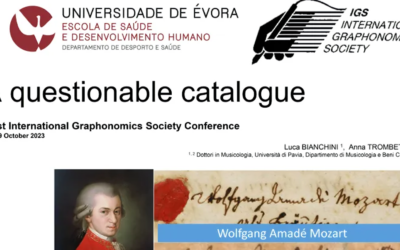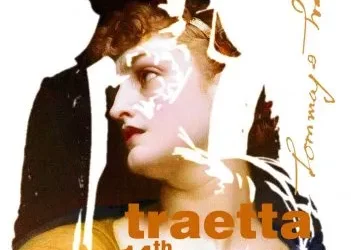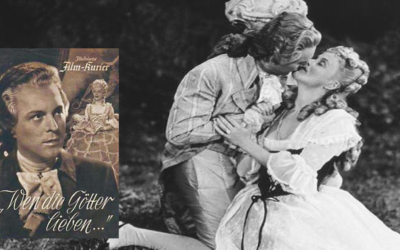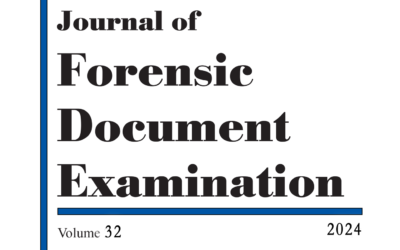Mozart’s Violin Pieces
Substitutes for Failed Movements?
Three violin compositions by Mozart—K.261 Adagio in E major, K.269 Rondo in B-flat major, and K.373 Rondo in C major—were designed to replace movements deemed unsuccessful in his violin concertos K.207 and K.219.
Scholars suggest that K.261 was written in 1776 to replace the second movement of K.219, K.269 between 1775 and 1777 to substitute the finale of K.207, and K.373 in 1781. Yet, despite these revisions, the overall quality of the original concertos remains unchanged.
The intriguing part is that Mozart himself dedicated more attention in his correspondence to these minor works than to his larger violin concertos.
Could this be a sign of the less-than-ideal success of these works? Or was Mozart simply grasping at straws to salvage unsatisfactory movements?
Mozart: The Fall of the Gods
This book compiles the results of our studies on 18th-century music and Mozart, who has been revered for over two centuries as a deity. We dismantle the baseless cult of Mozart and strip away the clichés that falsely present him as a natural genius, revealing the contradictions in conventional biographies. In this work, divided into two parts, we identify and critically analyze several contradictory points in the vast Mozart bibliography. Each of the nearly 2,000 citations is meticulously sourced, allowing readers to verify the findings. This critical biography of Mozart emerges from these premises, addressing the numerous doubts raised by researchers.
"Mozart focused more on these trivial violin replacements in his letters than on the grand violin concertos themselves—a sign, perhaps, of his own recognition of their failings."
Mozart: The Fall of the Gods
Substitutes for Failed Movements?
Three of Mozart’s lesser-known violin compositions—K.261, K.269, and K.373—were never intended to stand on their own. Instead, they were written as replacements for movements in his earlier violin concertos that were, by all accounts, unsatisfactory. The Adagio K.261, composed in 1776, was meant to replace the second movement of the Violin Concerto K.219. The Rondo K.269, composed between 1775 and 1777, was designed to substitute the finale of K.207. Finally, K.373, composed much later in 1781, presents another curious case of substitution, though this time for an unknown purpose. The obvious question is: Why did Mozart feel compelled to rewrite these sections?
Dull Replacements, Questionable Quality
Despite these revisions, the new versions of the movements—K.261 and K.269—add nothing of substance to the overall quality of the violin concertos. The K.373, likewise, does little to improve on the originals. These works stand as testimony to Mozart’s creative struggle in the realm of violin music. What is particularly telling is that the only definitive evidence of Mozart’s authorship for these replacement movements comes from his own letters. It is odd, perhaps even suspicious, that the composer focuses on these minor works in his correspondence, while never once discussing his larger violin concertos. Was he, perhaps, aware of their limitations?
The Italian Connection
The Rondo K.373 was allegedly composed for the Italian violinist Antonio Brunetti, who was reportedly dissatisfied with the original movements. However, Brunetti was not only a violinist but also a composer in his own right. It is puzzling why he would need Mozart’s assistance to ‘fix’ movements he didn’t like. Adding to the strangeness is the fact that Mozart and Brunetti were not on good terms, making it even more perplexing why Mozart would have bothered to compose this replacement six years after the original concerto was written.
The “Concertone” Enigma
Another curious entry in Mozart’s violin output is the Concertone, composed in May 1774. Although it precedes his five violin concertos by only a year, its style is noticeably more archaic, presenting a stark contrast to the later works. The Concertone includes Baroque-like echoes of Vivaldi, particularly in its first movement, as well as an overly long and rather tedious Andantino. This piece may have been one of the reasons for Mozart’s struggles to secure employment during his travels to Mannheim, Munich, and Paris. Indeed, compared to the works of contemporaries such as Saint-George, the Concertone feels antiquated and out of place.
You May Also Like
The Enigma of Mozart’s Symphony K.73
The Symphony in C Major K.73 has long puzzled Mozart scholars. Touted as a youthful work of prodigious talent, its origins are murky at best. The title “Symphony,” inscribed on the first page of the autograph, is devoid of the composer’s name, casting immediate doubt on its attribution to Wolfgang Amadeus Mozart. Was this truly his work, or is the Symphony yet another victim of overzealous attribution?
Mozart’s Thematic Catalogue Exposed as a Forgery
A groundbreaking forensic analysis reveals that Mozart’s thematic catalogue, long thought to be his own work, is a posthumous forgery. This discovery, detailed in Mozart: The Construction of a Genius, turns centuries of Mozart scholarship on its head, demanding a re-examination of his legacy.
Bologna Connections
Quirino Gasparini’s rediscovered Mitridate aria takes centre stage in Bern and Basel, shedding light on Mozart’s reliance on this forgotten composer.
International Traetta Award
We are thrilled to announce that the 14th International Traetta Award has been bestowed upon Anna Trombetta and Luca Bianchini. This prestigious recognition honours their outstanding dedication to musicological research on primary sources of the European musical repertoire, offering significant contributions to reshaping the historiography of 18th-century music.
A Legacy Rewritten by the Shadows of History
Mozart’s image, often regarded as a universal symbol of musical genius, was heavily manipulated by the Nazi regime, a fact largely ignored in post-war efforts to “denazify” German culture. From propaganda-driven films to anti-Semitic narratives, Mozart’s legacy is far more complex and troubling than we are often led to believe.
Unveiling the Truth Behind Mozart’s Thematic Catalogue
Anna Trombetta, Professor Martin W. B. Jarvis from Charles Darwin University, and Luca Bianchini, have published a peer-reviewed article titled Unveiling a New Sophisticated Ink Analysis Technique, and Digital Image Processing: A Forensic Examination of Mozart’s Thematic Catalogue. This research, which underwent an extensive double-blind peer review, has appeared in a journal that serves as a global reference point for forensic document examiners and court specialists.







